Whether you’re looking to make your dresser more functional, modernise a vintage find, or simply give it a fresh vibe, adding legs to a dresser is a great place to start. Legs don’t just raise your dresser off the ground, they can also provide important design elements that really change the aesthetics of your furniture.
In this guide, we’ll explain how to add furniture legs to a dresser, and why it’s a great idea! By the time you’re done, you’ll have a transformed piece that’s uniquely yours. And, with the right set of legs, it’s not even that complicated.
You can find top-quality furniture legs in styles and designs to suit any dresser here at The Hairpin Leg Co. With pre-drilled holes, detailed instructions, and attachment materials included, we make it easier to give your dresser a stunning upgrade with stylish, durable legs. Get yours today!
Can You Add Legs to a Dresser?
First of all, can you add legs to a dresser? The answer is often yes, but sometimes no. Let’s take a look at when adding furniture legs to dressers is and isn’t possible, and some other key info you’ll need before you dive in.
Is Your Dresser Suitable for Adding Legs?
Adding legs to a dresser isn’t always an option, as not all dressers are designed to support legs. It’s essential to determine whether your furniture is structurally sound and compatible with this upgrade before you start looking into different types of furniture legs for your dresser.
First, check the base of your dresser. A flat underside is ideal, as it allows for easy attachment. If the base is uneven, you may need to reinforce it with a flat piece of wood before adding legs, or you may not be able to add legs at all.
Also, what is your dresser made of? Solid wood, ply or high-quality MDF dressers are more suitable for adding legs, as they can hold screws securely. If your dresser is made from particleboard or has thin panels, you may need to use special anchors or reinforcements.
Finally, remember that adding legs will raise the dresser, which can affect its centre of gravity. Make sure the dresser isn’t top-heavy and will remain stable once it’s lifted. This can be a big safety risk, so it’s essential to confirm your dresser isn’t at risk of becoming unbalanced or unstable.
What Tools and Skills Are Needed?
If you’re adding legs to a dresser, you’ll need a drill, screwdriver, measuring tape, level, pencil, and possibly a saw (if additional modifications are required). In terms of hardware, you’ll need mounting plates or brackets (if the legs don’t come with built-in attachment hardware) and screws compatible with your dresser’s material.
It’s not an overly complicated project, especially if you have some prior DIY experience or already know how to install furniture legs. You’ll just need to measure and mark accurately, drill pilot holes, and attach the screws securely.
Are All Furniture Legs Compatible?
You won’t necessarily need specific furniture legs for dressers, but some legs are more suitable than others. Firstly, make sure you check the weight limit of the legs you’re considering to ensure they can support the dresser and its contents.
Once you’ve found a style and height you like, double-check that the attachment method works with your dresser’s material and base design. Some legs come with pre-installed hardware like screws or bolts, while others require separate mounting plates.
What to Expect When Adding Legs to a Dresser (Before and After Results)
We get it - learning how to add furniture legs to a dresser can seem like a lot of effort for a small change, but what results can you expect from adding legs to a dresser before and after the project? Here’s what adding furniture legs to dressers can do.
Elevating Style
Of course, the most immediate and noticeable effect of adding legs to a dresser is the visual appeal. By lifting the piece off the ground, you create a sense of lightness and modernity that can transform a dated or bulky dresser into a sleek statement piece.
Furniture legs for dressers also let you change the style of your dresser - perfect if your design aesthetic changes over time. Mid-century modern, industrial, or minimalist legs can instantly update the look of an old dresser to match your current décor style.
Improving Functionality
Beyond looks, adding furniture legs to dressers can significantly improve their functionality. Elevating a dresser can raise it to a comfortable or more ergonomic height, making it easier to use. It might even give you some extra storage space underneath.
Better Cleaning Access
Practicality often gets overlooked in furniture upgrades, but furniture legs for dressers can make maintaining your home easier and more efficient. With the dresser raised, vacuuming or sweeping underneath becomes a breeze. No more dust bunnies building up in those hard-to-reach corners!
How to Add Furniture Legs to a Dresser: Step-by-Step Guide to Adding Furniture Legs to Dresser
Now that you know what to expect from adding legs to a dresser, let’s talk about how to add furniture legs to a dresser. Here’s an idea of what you’ll need and the steps involved.
What You’ll Need for the Project
Before you learn how to add furniture legs to a dresser, you’ll need a drill, screwdriver, measuring tape, pencil, level, and a wrench (if required for bolts).
Of course, you’ll also need furniture legs for dressers (with screws or pre-installed hardware), mounting plates (if not included with the legs), screws, and optional reinforcements (like a piece of plywood for uneven or weak bases).
Prepare the Dresser
Before attaching the legs, remove all items from the dresser’s drawers to make it lighter and easier to work with. Flip the dresser over safely and place it on a flat, stable surface, such as a blanket or work mat, to prevent scratches or damage.
Inspect the dresser’s base and check for any uneven surfaces, damage, or weak areas. Reinforce the base with a piece of plywood if necessary to create a flat and sturdy surface for attaching the legs.
Mark Leg Placement
Proper leg placement is crucial for stability and balance. Use a measuring tape to mark where each leg will go. Typically, legs are positioned near the corners of the dresser, about 3 to 5 cm inward from the edges.
Use a level or straightedge to ensure that all your marks are even and symmetrical. This will prevent wobbling and help the dresser to sit evenly once the legs are attached.
Attach Mounting Plates
Mounting plates provide a secure base for the legs. Place the mounting plates over the marks you made for leg placement, and drill small pilot holes where the screws will go to prevent the wood from splitting.
Once you’ve got your holes drilled, you can use screws to attach the mounting plates to the dresser. Tighten them firmly, but avoid over-tightening as it can crack or split the wood.
Install the Furniture Legs
With the mounting plates in place, it’s time to figure out how to add legs to a dresser. If your legs have pre-installed bolts, simply screw them into the mounting plates. For legs with separate screws, align them with the plates and secure them tightly using a wrench or screwdriver.
Test Stability and Adjust as Needed
Once you’ve got all the legs tightly attached, the final step is to ensure your dresser is sturdy and balanced. Carefully flip the dresser upright and check that it stands evenly on all legs. If the dresser wobbles, adjust the legs or use felt pads or shims to level it out.
Also, make sure the legs can’t damage your floors. Follow this guide to learn how to protect carpet from furniture legs, and this one to learn how to protect wood floors from furniture legs.
Choosing the Right Legs for a Dresser
We’ve talked about how to add furniture legs to a dresser, but selecting the right legs for your dresser is every bit as important as learning to attach them properly. Here’s a guide to help you make the best possible choice for your dresser.
Start With Style
The style of your furniture legs sets the tone for the dresser’s overall appearance. Think about the design of your space, and try to match the room’s decor. For a modern look, go with sleek, tapered legs; for a vintage feel, opt for ornate or turned legs.
Choose a coordinated finish that complements the hardware and colour of your dresser. For example, brass legs pair well with warm tones, while black or chrome finishes suit contemporary styles.
Make sure the leg design fits the size and shape of the dresser. Thin legs work well for smaller pieces, while chunkier legs provide balance for larger dressers. If you find a style of dresser legs you like but they’re the wrong colour, you can always learn how to paint furniture legs before you install them.
Material Options
The material of the legs also matters - it plays a big role in your dresser’s strength, durability, and aesthetics. One of the most popular choices is wooden legs, which are classic and versatile. They can be stained or painted to match your dresser, and are ideal for traditional or farmhouse styles.
Another common choice is metal dresser legs, which are durable and modern, offering a sleek, industrial look. They come in a range of different finishes, including chrome, brass, or black for added flair.
Height Considerations
When you’re figuring out how to add legs to a dresser, you also need to think about the height, in terms of both your dresser’s functionality and visual appeal. Furniture legs typically range from 10 to 30 cm, so it really depends on how tall you want your dresser to sit.
Lower legs work well for bedrooms or kids’ spaces, while taller legs can make a dresser suitable for use as a console table or entryway piece. Higher legs create a sense of openness, especially in small rooms, while shorter legs give a grounded, cosy feel.
Weight and Stability
For safety reasons, the legs you choose must support the weight of the dresser and its contents. Check the manufacturer’s specifications to ensure the legs can handle the dresser’s weight. Heavy dressers may require reinforced or thicker legs.
If you’re worried about your dresser’s stability, look for legs with wider bases or anti-slip pads to help keep your dresser nice and secure. This is especially important if the dresser will be placed on uneven flooring.
Ease of Installation
Some legs are easier to attach than others, which can save you time, effort, and frustration. Legs with pre-installed bolts are typically the easiest to attach, as they require minimal tools. If your chosen legs don’t have built-in hardware, make sure they’re compatible with mounting plates for secure installation.
If you’re unsure how to add legs to a dresser or you’re new to furniture DIY projects, choose legs with straightforward installation instructions and tools included in the package. It will make your life a lot easier!
Set Yourself Up for Success With the Best Furniture Legs for Dressers at The Hairpin Leg Co.
Most furniture legs will get the job done, but at The Hairpin Leg Co., you’ll find dresser legs that go a lot further than that. Expertly crafted from the most durable materials, our furniture legs offer unmatched style and quality - perfect for elevating any dresser.
We have the best selection of styles to choose from, whether you’re interested in elegant wooden furniture legs, modern metal furniture legs, or minimalist hairpin legs for your dresser. You’ll find a huge range of heights, finishes, styles, shapes, and colours to choose from.
Not sure how to add legs to a dresser? No worries! We make installation a breeze with detailed instructions, included hardware, and a friendly team of experts you can reach out to if you run into any issues. Head on over to our shop today to find the perfect set of legs to revamp your dresser!
Closing Thoughts on Adding Legs to a Dresser
So, can you add legs to a dresser? Yes - most of the time. Not only can you add legs to a dresser, but it’s a great way to modernise your furniture, fix a wobbly old dresser, or change its style to suit your design aesthetic.
Need new furniture legs for your dresser? At The Hairpin Leg Co., our legs are made by furniture makers who know exactly what you need in terms of quality, durability, and style. You won’t find a better selection of high-quality furniture legs anywhere else, or a more helpful team to answer your questions!
Find the dresser legs you’ve been searching for - shop The Hairpin Leg Co today for statement furniture legs!


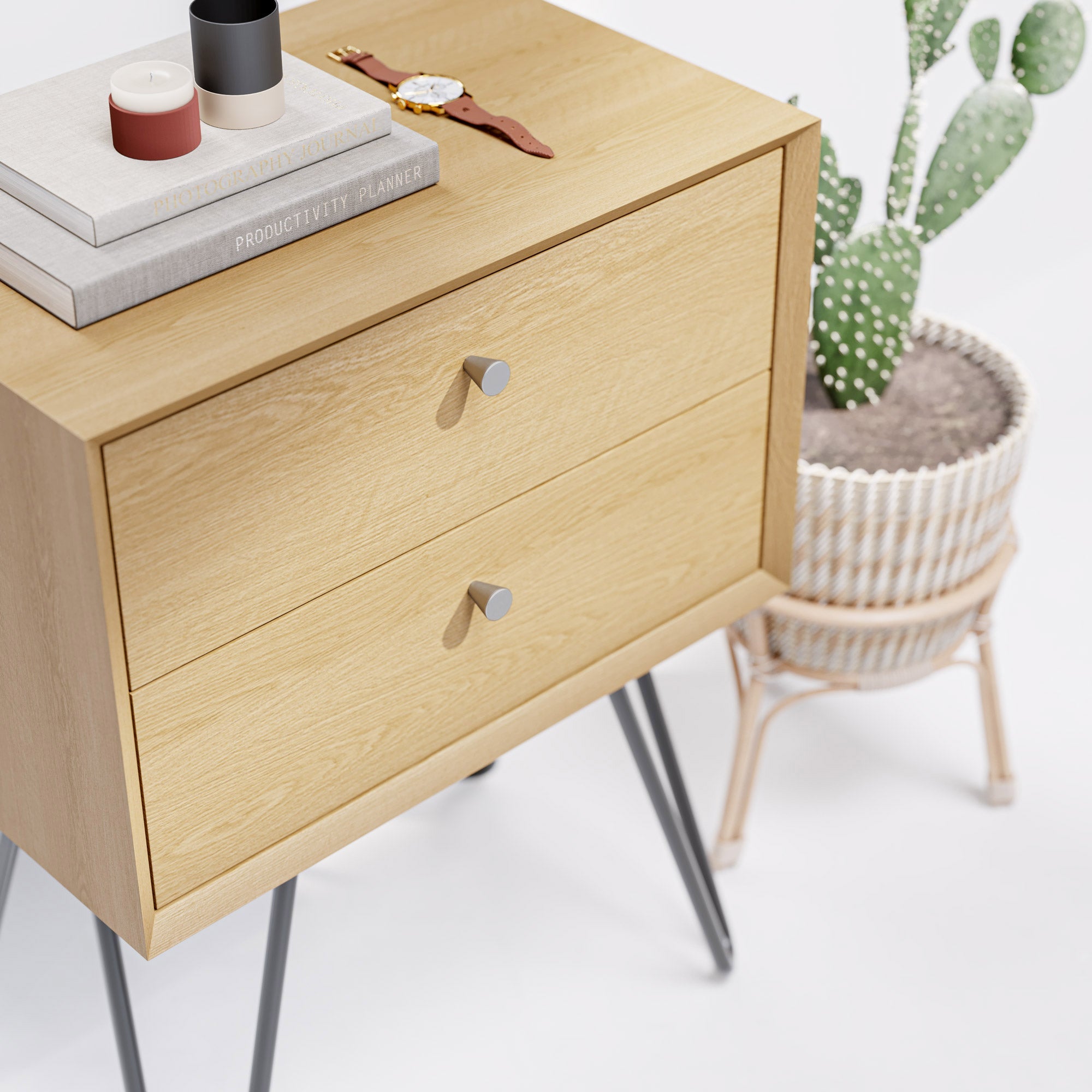
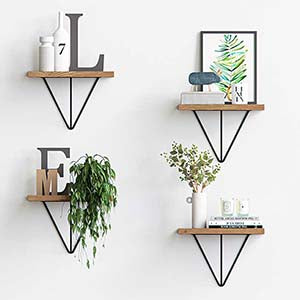
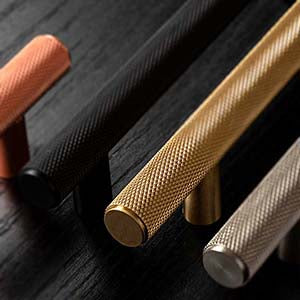
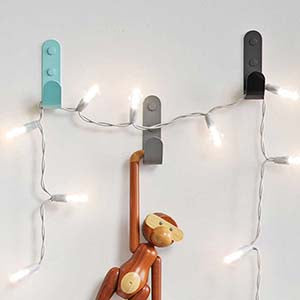
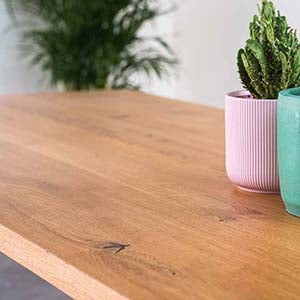
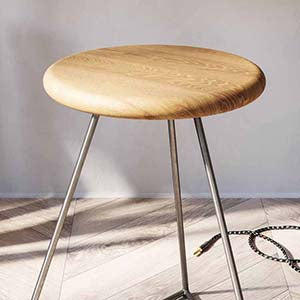
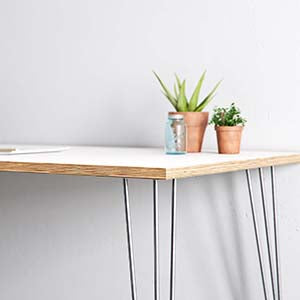


Leave a comment
This site is protected by hCaptcha and the hCaptcha Privacy Policy and Terms of Service apply.